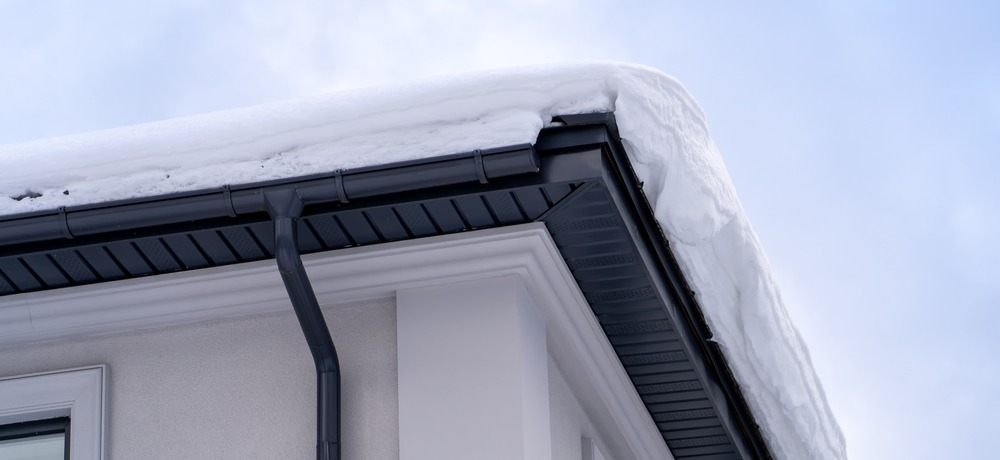
The principle purpose of roof ventilation is to create airflow in your roof space; allowing hot air to escape and letting cool air into your attic. In milder conditions, it makes perfect sense to leave roof vents just as they are. But in the depths of winter - foregrounded by rising concerns over the cost of living crisis, escalating energy bills and economic inflation - should we be covering our roof vents?
On the surface, covering up your roof ventilation grilles and outlets might appear to be a fairly 'common sense' cold weather roof maintenance job in preventing heat loss and taking the pressure off your home heating systems... But saving heat and sacrificing roof health comes at a price.
In our latest blog, Roof Giant delves into the details of roof vent covering, clearing, caring and maintenance over winter and the colder days and months throughout the year.
Should You Cover Roof Vents In Winter?
In short, you should never cover your roof vents, even during winter.
Roof ventilation is absolutely vital for the necessary recycling of air through your loft, attic or roof space; preventing the build up of moisture and therefore guarding against mildew, mould and a range of other moisture related problems that are associated with a poorly ventilated roof.
In winter, roof space issues associated with excess moisture can still cause damage, even during dry spells and periods of low humidity. Keeping your vents open will not only ensure that roof space temperatures stay consistent throughout the colder months, it will also prevent roof ice dams - a phenomenon that occurs when heavy snowfall melts during the day and freezes at night in continuous cycles that allow melted ice and water to creep under your roof shingles. In turn, the water can eventually infiltrate your attic and damage other cosmetic and structural parts of your home.
Poor roof ventilation in winter and throughout the year can cause insulation to degrade, fasteners to rust, as well as discoloration and bad odours to emanate from your attic. Therefore, any negligible savings on heating costs you may experience from covering your vents will ultimately be outstripped in the long run by the damage you could be doing to your roof.
How Do You Clear Roof Vents Over The Winter Months?
If you find yourself in a particularly adverse period of cold weather, your roof ventilation may become blocked owing to snow and ice build-up. Snow and ice are the enemies of most roof structures as the sheer weight on your roof can cause a significant amount of structural stress, as well as air vent blockages and more general ventilation issues.
Although very heavy snowfalls are infrequent in most parts of Britain, the prevalence of extreme weather events, red weather warnings and polar phenomena are becoming more and more common. So if you're anticipating a snowstorm, make sure that you know who to call, as significant snow clearance will likely require a professional to properly remove the snow and attend to other elements such as your roof vents.
Caring & Maintaining Your Roof Ventilation In Cold Weather
You can make sure your roof vents are working as they should over the colder months by undertaking a few easy maintenance tasks in autumn or prior to a forthcoming cold snap. Once you complete these key jobs, your roof vents will help prevent pretty much all of the airflow and moisture related problems that you typically come into contact with over winter.
#1. Remove any build-up of debris from your under-eaves spaces.
#2. Clean roof fans, turbines and similar spinning roof vents, ensuring that they're working as smoothly and efficiently as possible.
#3. Completely clear all vent exhaust points of leaves, twigs and other organic matter.
If you're looking to update or replace your roof ventilation to prevent moisture and heat build up in your roof spaces, browse our entire Roof Vents range at Roof Giant. We offer a premium range of airflow products from trusted brands such as Manthorpe, Klober, Timloc and Lomanco.